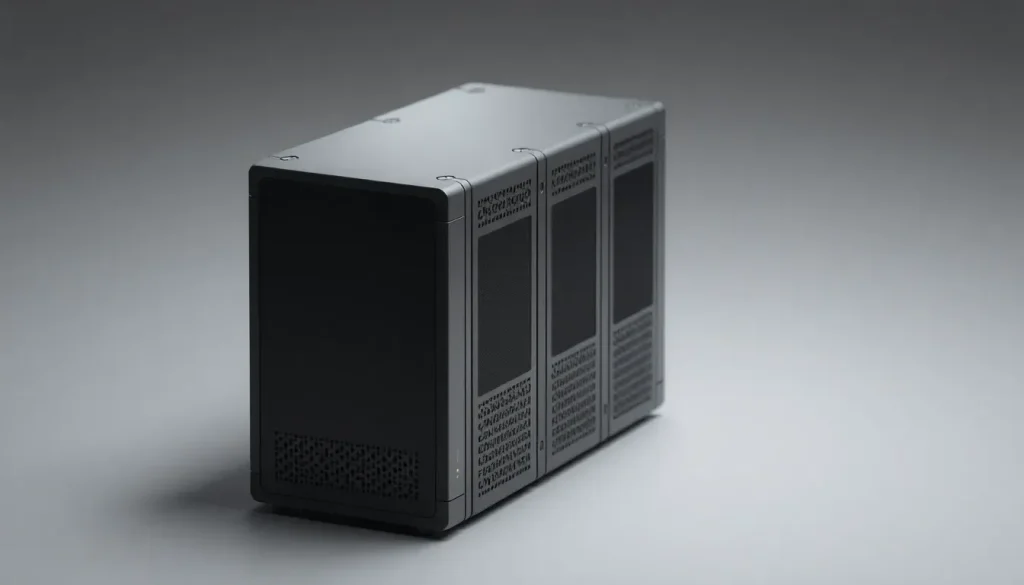Gartner predicts external storage spending will lag behind server spending 2019-2025

In the rapidly evolving landscape of information technology (IT), understanding spending trends is crucial for organizations aiming to maximize their investments. A recent report from Gartner reveals compelling insights into the future of IT expenditure, particularly highlighting a significant disparity between server-based spending and external storage investments. This article delves into these forecasts, offering a comprehensive view of projected growth across various IT sectors from 2019 to 2025.
Trends in IT Spending: A Closer Look
According to Gartner's analysis, overall IT spending is set to experience robust growth over the coming years, with a projected increase of 5.9% from $3.84 trillion in 2019 to an estimated $5 trillion by 2025. This growth encompasses a wide array of IT sectors, including end-user devices, data center systems, enterprise software, IT services, and communications services.
One of the most striking findings from the data is the anticipated growth of server-based IT expenditures, which are predicted to outpace external storage spending significantly. This trend is indicative of a broader shift within the IT sector, as organizations increasingly prioritize server investments to support their growing operational demands.
Server-Based IT Expenditure Insights
The investment in data center servers is projected to expand from $80 billion in 2019 to a remarkable $111.6 billion by 2025, reflecting a compound annual growth rate (CAGR) of 5.6%. This growth underscores the increasing reliance on servers for data processing, application hosting, and cloud services.
Organizations are recognizing the essential role that robust server infrastructure plays in driving efficiency and innovation. Key factors contributing to this growth include:
- Increased cloud adoption: Businesses are shifting toward cloud-based solutions, necessitating enhanced server capabilities.
- Data proliferation: The exponential growth of data requires more powerful servers to manage and process information effectively.
- Business continuity: Organizations are investing in reliable server systems to ensure operational resilience in the face of disruptions.
External Storage Spending Forecast
In contrast, the projection for external controller-based storage spending paints a different picture. This segment, valued at $28 billion in 2019, is expected to reach only $29.9 billion by 2025, reflecting a modest CAGR of 1.8%. This stagnation can be attributed to several evolving factors:
- Shift to cloud storage: As more businesses migrate to cloud solutions, the demand for traditional external storage systems is declining.
- Cost considerations: Organizations are increasingly focused on optimizing costs, leading to reduced investments in hardware.
- Integration of storage solutions: The convergence of storage and server technologies is prompting organizations to rethink their storage strategies.
Software Growth as a Key Driver
While server and storage expenditures reveal contrasting trends, the software sector is poised for remarkable growth. Key areas of expansion in software spending include:
- Enterprise Application Software: Expected to grow from $217.8 billion in 2019 to $380 billion by 2025, a CAGR of 12.4%.
- Infrastructure Software: Projected to rise from $258.8 billion to $422.8 billion, with a CAGR of 10.7%.
- Managed Services and Cloud Infrastructure Services: Anticipated to grow from $472.7 billion to $692.4 billion, marking a CAGR of 10.2%.
This growth in software spending is largely driven by the increasing need for organizations to modernize their IT environments, enhance automation, and leverage data analytics for more informed decision-making. The integration of advanced software solutions is becoming essential for businesses striving to remain competitive in a digital-first world.
Implications for IT Strategy
The insights gleaned from Gartner's forecasts necessitate a reevaluation of IT strategies for organizations across various industries. Key considerations include:
- Prioritizing server investments: As server expenditure grows, companies should focus on enhancing their server infrastructure to support digital transformation initiatives.
- Rethinking storage strategies: With external storage growth stagnating, organizations must explore hybrid solutions that integrate cloud and on-premises storage effectively.
- Investing in software solutions: To capitalize on software growth, companies should assess their current applications and consider adopting new technologies that drive efficiency.
As we look ahead to 2025, the disparity between server and external storage spending illustrates a fundamental shift in the IT landscape. Organizations must adapt to these trends, ensuring that their strategies align with the evolving demands of technology. By prioritizing server investments and embracing software innovations, businesses can position themselves for success in a competitive marketplace.




Leave a Reply